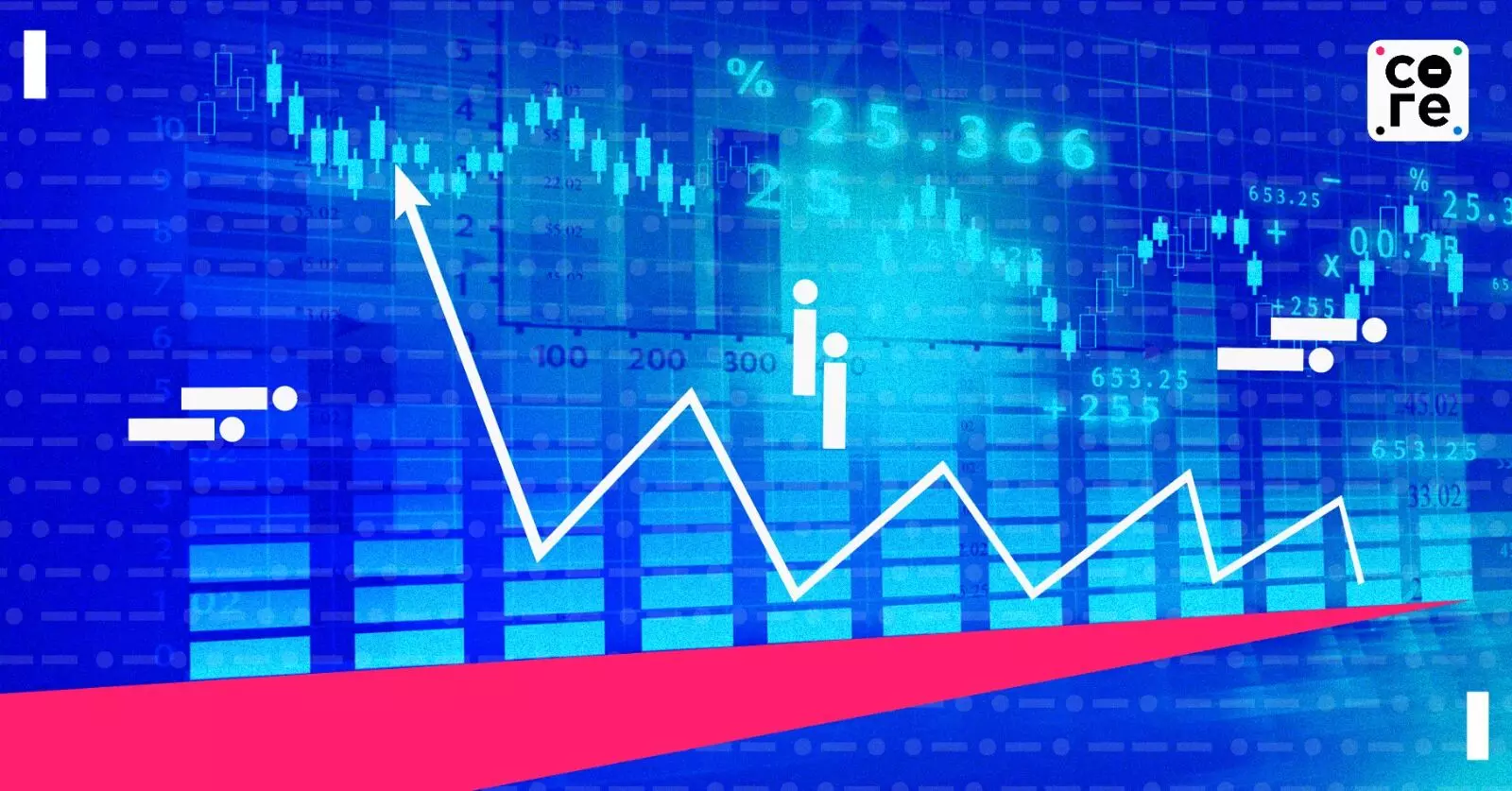
Givers And Takers Of The Indian Stock Markets
Givers are those who invest their savings or earnings in initial public offerings (IPOs) in anticipation of future returns. Takers are those who raise funds from the market, either for themselves or their companies.

There are two kinds of people in the stock market, particularly in primary markets — the givers and takers. Givers are those who invest their savings or earnings in initial public offerings (IPOs) in anticipation of future returns, including on listing day. Takers are those who raise funds from the market, either for themselves or their companies.
There comes a time when the takers' appetite exceeds that of the givers. Usually, this happens at the top of a cycle and leads to the whole market, primary and secondary, going down. The question is: is this happening now?
The honest answer is - one does not know whether we are at the top of a cycle. What we do know is that substantial wealth is being transferred from ordinary investors into the hands of promoters of companies or their companies, oftentimes the former. A recent report by brokerage house, Kotak Institutional Equities said that promoters of 37 National Stock Exchange 500 companies sold Rs 87,000 crore worth of stock in the first half of the current year, marking the highest level in the past five years.
In 2019, the value of promoter stake sales was Rs 24,100 crore and touched Rs 99,600 crore for all of last year, according to a report in Mint. Another report in Nikkei Asia said promoters sold shares worth Rs 81,424 crore between 2021 and 2023 on the exchanges in IPOs.
There is no easy formula that dictates at which point the takers take so much that the overall market starts feeling the pinch. One reason is that domestic flows are strong and are absorbing both IPOs and sending fresh funds into mutual funds. But there are good reasons and historical instances to believe that overheated IPO markets usually trigger a flattening if not a drop in secondary markets. Are we near that point?
A few weeks ago, a motorcycle showroom in Delhi raised funds through an SME IPO. SME IPOs are only regulated by the exchanges and not by the Securities and Exchange Board of India. There are several other such IPOs documented where the antecedents of the companies concerned were shaky, to say the least. Signs like these are more worrying than the data that may or may not provide clear signals. Particularly when flows are so strong.
Meanwhile, this week four companies, including Bajaj Housing Finance, are set to raise some Rs 8,390 crore. August too saw several major IPOs, mostly from tech companies.
Estimates suggest that main-board IPOs, or those not part of the SME offer, have raised around Rs 80,000 crore till last month and could cross Rs 1.25 lakh crore by the end of the calendar year. Going by the extent of oversubscription, the appetite is high.
In August, main-board IPOs were subscribed on an average of over 75 times, while the year-to-date average for 2024 is 66 times. For SME IPOs, the average subscription in August was 290 times, with a year-to-date average of more than 259 times, the PTI reported quoting data. Such high levels of appetite are warning signs too and reflect a desperation to make quick returns rather than anything else. This also means that such capital can be more fickle than patient.
We are most likely in a more steady phase in the markets rather than hyper-growth. This is good for the overall health of the stock markets. Unless something major happens, it could well stay in this mode for a longer period. As long as the takers don’t get greedy and kill the golden goose, so to speak
Givers are those who invest their savings or earnings in initial public offerings (IPOs) in anticipation of future returns. Takers are those who raise funds from the market, either for themselves or their companies.
Givers are those who invest their savings or earnings in initial public offerings (IPOs) in anticipation of future returns. Takers are those who raise funds from the market, either for themselves or their companies.

